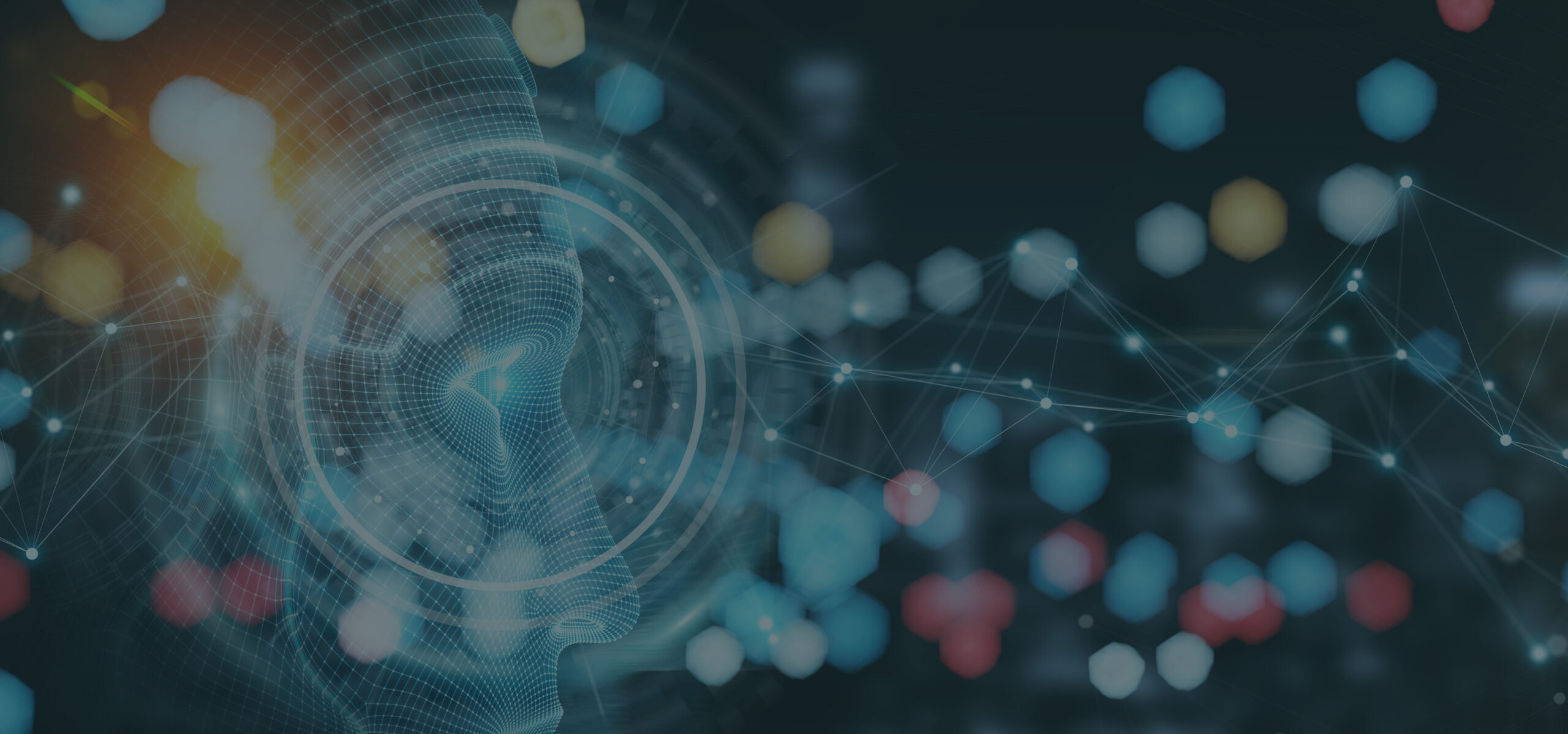USPTO Guidance on Use of AI-Based Tools
- April 15, 2024
- Snippets
Practices & Technologies
Artificial IntelligenceThe USPTO has issued several recent Federal Register Notices this calendar year. The latest, entitled Guidance on Use of Artificial Intelligence-Based Tools in Practice Before the United States Patent and Trademark Office, 89 FR 25609 (April 11, 2024) (the “Guidance”) [1] comes on the heels of the Final Rule: Signature Requirements Related to Acceptance of Electronic Signatures for Patent Correspondence, 89 FR 20321 (March 22, 2024), Resources for Examining Means-Plus-Function and Step-Plus-Function Claim Limitations, 89 FR 19817 (March 20, 2024), Proposed Rule: Practice and Procedures in Trial Proceedings under the America Invents Act before the Patent Trial and Appeal Board, 89 FR 15531 (March 4, 2024), Updated Guidance for Making a Proper Determination of Obviousness, 89 FR 14449 (February 27, 2024) and the Inventorship Guidance for AI-Assisted Inventions, 89 Fed. Reg. 10043 (February 13, 2024).
Given the enormous interest in generative AI models, this most recent USPTO Guidance recognizes that practitioners are likely to use AI-based tools to prepare various documents, including patent and trademark applications, and other filings submitted to PTAB, TTAB, etc. The Guidance is also responsive to the Executive Order on the Safe, Secure, and Trustworthy Development and Use of Artificial Intelligence, issued on October 30, 2023. The USPTO notes that “patent examiners are performing AI-enabled prior art searches using features like More Like This Document (MLTD)[2] and Similarity Search in the Office’s Patents End-to-End (PE2E) Search tool.”[3]
As is now well known, some AI models may be susceptible to “hallucinations,” resulting in content purportedly from, and references to, non-existent or fictitious documents. Additionally, model outputs may be erroneous. There can also be obvious issues involving client confidentiality. Although nothing in this latest Guideline changes expectations of how practitioners interact with the USPTO, this reminder as to the practitioners’ duties is timely, especially in the context of the use of AI. The Guidance reminds practitioners that although there is no general duty to inform the USPTO that an AI-based tool was used, the use of such tools can fall under several existing duties such as the Duty of Candor and Good Faith, Signature Requirement and Corresponding Certifications, Confidentiality of Information, Foreign Filing Licenses and Export Regulations, USPTO Electronic Systems’ Policies, and the Duties Owed to Clients.[4] Some key takeaways are:
- Check the accuracy of all submissions and correspondences: All submissions and correspondences, regardless of whether they are signed statements, are a certification that “all statements to the party’s own knowledge are true and that the party performed an inquiry reasonable under the circumstances.” See, 89 FR 25609, 25614 (April 11, 2024). In particular, it is the responsibility of the practitioner to verify that the content of a submission and/or correspondence, including facts, evidentiary support and/or any arguments presented are indeed accurate and not incomplete. It is important to make sure that there are no “known material omissions [that are] not [in] accordance with the duty of candor and good faith.” Id. at 25615. This is especially relevant in the context of AI-based tools, including tools that are used to draft a patent application, draft claims, generate prior art references, auto-fill USPTO forms and/or automatically file/submit documents to the USPTO.
- Verify inventorship when using AI to draft claims: Apart from the usual technical knowledge, adherence to statutory requirements and due diligence required for claim drafting, practitioners using AI-based tools to draft claims also need to confirm inventorship, and whether “one or more of the claims did not have a significant contribution by a human inventor.” Id. at 25614.
- Keep your client informed: The Guidance also notes that “under 37 CFR 11.104(a)(2), practitioners must reasonably consult with the client about the means by which their clients’ objectives are to be accomplished.” In particular, to the extent any substantive document preparation and/or analysis is being performed by an AI-based tool, it may be best practice to keep a client informed, and/or obtain their informed consent, as to the type of AI tool being used, and/or the extent of such use.
- Inform the USPTO if use of the AI tool is material to patentability: The Guidance states that “material information could include evidence that a named inventor did not significantly contribute to the invention because the person’s purported contributions were made by an AI system.” Id. at 25615. For example, the AI-based tool may generate alternate embodiments not conceived by a human. In particular, the types of information that could be material could include “the interaction with the AI system (e.g., the inputs/outputs of the AI system).” Id.

- Do not file claims that are known to be unpatentable: This goes back to thoroughly vetting any claims that are drafted by an AI-based tool. This can include inventorship, enablement, technical accuracy, and so forth.
- Separate prophetic examples from working examples: Interestingly, the Guidance states that “when AI tools are used to produce or draft prophetic examples,” the practitioner should take “appropriate care … to assist the readers in differentiating these [prophetic] examples from actual working examples.” Id.
- Verify the accuracy of the content of an IDS: If an AI-based tool is used to generate an Information Disclosure Statement (IDS) form, including searching for references to be disclosed, and/or filling the IDS form, practitioners should verify accuracy of the content, including whether the references actually exist. The Guidance reminds practitioners that they must review each reference listed in the IDS. Although the Guidance does not discuss this particular aspect, when using AI-based tools to draft a patent application, the tools may rely on references that may need to be disclosed to the USPTO. Accordingly, those designing such tools may want to implement appropriate networks that are able to potentially keep track of the references that contribute to the output of the tool.
- An AI-based tool cannot obtain a USPTO.GOV account: In the event any of the filing processes are being performed by AI-based tools, the Guidance states that it is a registered user’s responsibility to ensure that the AI-based tool does not have unauthorized access.
- Be especially mindful of confidentiality: Whenever third-party tools are used, there is a risk that client confidentiality may be inadvertently compromised. Additionally, as the Guidance points out, “[i]f confidential information [e.g., inputs to an AI-based tool] is used to train AI, that confidential information or some parts of it may filter into outputs from the AI system provided to others.” Id. at 25617. There may also be issues related to compliance with export control laws, implications to national security, foreign-filing licenses and so forth. For example, AI-based tools may have associations with foreign countries (e.g., transferring and/or saving data overseas, running the AI on servers maintained abroad, and training the AI abroad).
Although not discussed in the Guidance, and although the US allows for a one-year period within which to file an application that has been publicly disclosed or offered for sale, some jurisdictions follow an absolute bar. It becomes imperative that AI-based tools have sufficient guardrails to avoid inadvertent disclosure of an invention prior to filing. It is an open question as to whether use of a publicly available tool to prepare a patent application could be construed as a public disclosure, but the possibility of such disclosure imposes on practitioners a duty to prevent them.
[2] https://www.uspto.gov/sites/default/files/documents/og-aiforpe2e-20211220.pdf
[3] https://www.uspto.gov/sites/default/files/documents/ai-sim-search.pdf
[4] Please see the Guidance for a complete discussion of these rules and their relevance to the use of AI-based tools.
